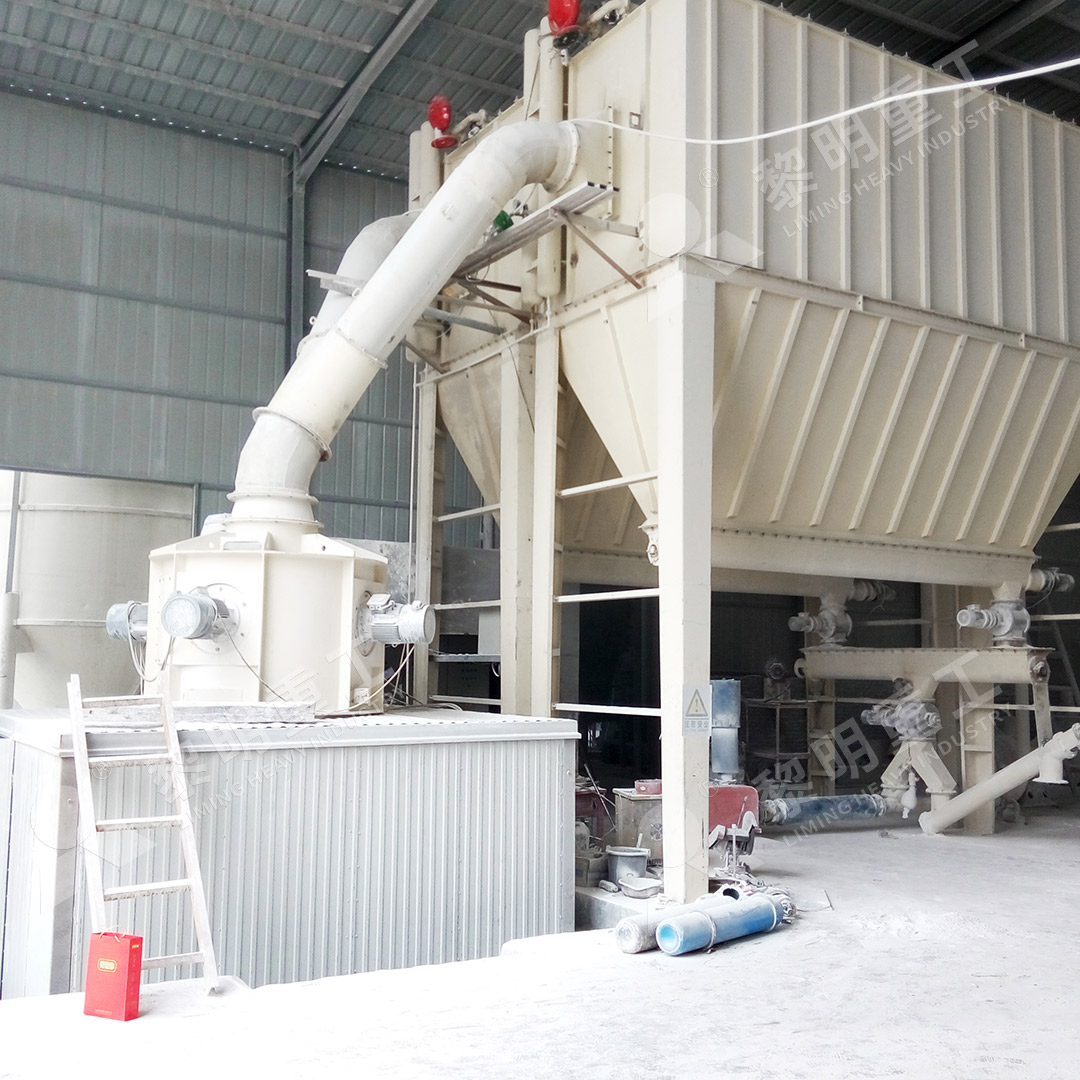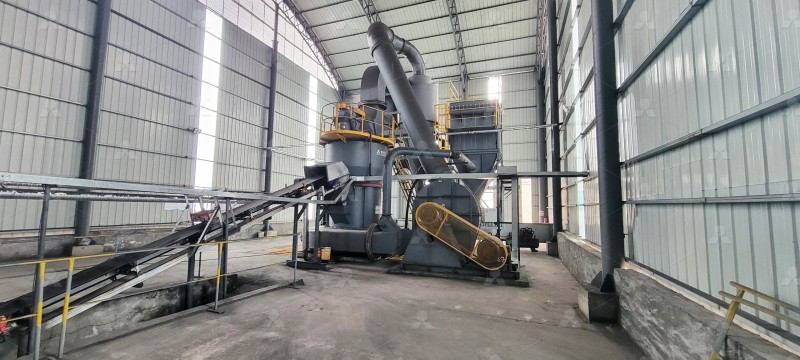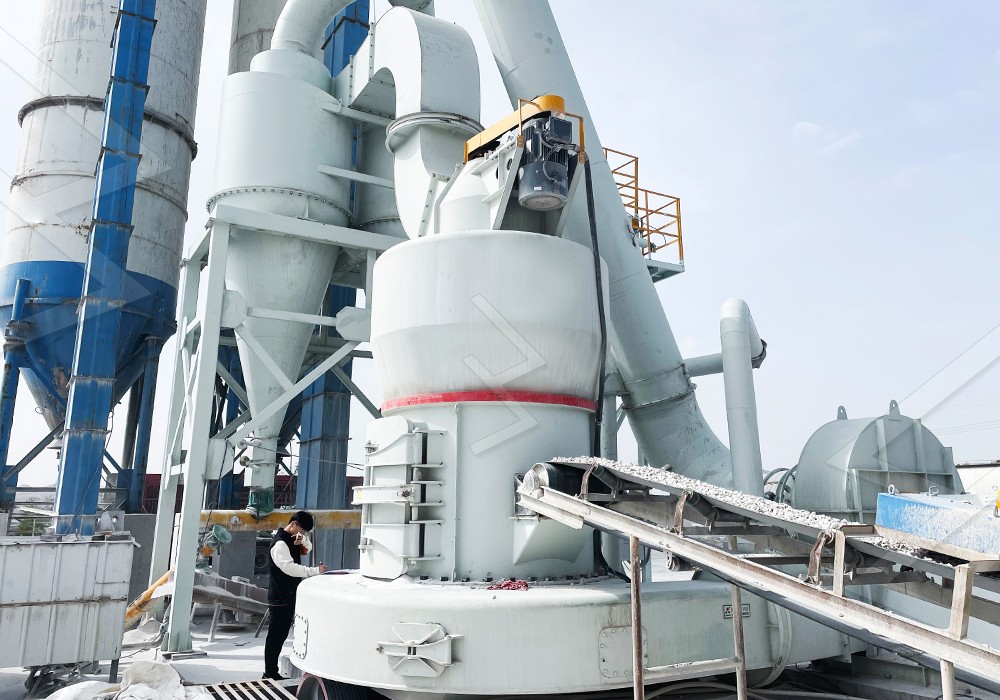Aluminum Ore Grinding Mill Production Line Cost and Price Analysis
Aluminum Ore Grinding Mill Production Line Cost and Price Analysis
Establishing an efficient aluminum ore grinding production line requires careful consideration of both capital expenditure and operational costs. The selection of appropriate grinding equipment significantly impacts not only the initial investment but also long-term profitability through energy consumption, maintenance requirements, and final product quality.
Key Factors Influencing Grinding Mill Costs
When analyzing the cost structure of aluminum ore grinding operations, several critical factors emerge. The hardness and abrasiveness of aluminum ore directly affect wear part consumption rates, while the required production capacity and final product fineness determine equipment sizing and power requirements. Additionally, site-specific conditions such as electricity rates, labor costs, and environmental regulations play substantial roles in the total cost of ownership.

For operations requiring ultra-fine powder production between 325-2500 meshes, our MW Ultrafine Grinding Mill presents an optimal solution. With an input size capacity of 0-20 mm and throughput ranging from 0.5 to 25 tph, this machine incorporates German cage-type powder selector technology that ensures precise particle separation. The absence of rolling bearings and screws within the grinding chamber eliminates common failure points, significantly reducing maintenance downtime and associated costs.
Operational Efficiency and Energy Considerations
Energy consumption typically represents 40-60% of the total operating cost in grinding operations. Traditional ball mills often operate at energy efficiencies below 10%, while modern vertical mills and ultra-fine grinding systems can achieve efficiencies exceeding 30%. Our MW Ultrafine Grinding Mill demonstrates particular advantages in this area, consuming approximately 30% less energy compared to jet mills while delivering 40% higher production capacity under identical fineness and power conditions.
The integration of efficient pulse dust collection and noise reduction systems in the MW series not only ensures compliance with environmental standards but also minimizes auxiliary equipment requirements. This comprehensive approach to system design reduces both capital and operating expenses associated with environmental controls.

Capital Investment Analysis
The initial investment for an aluminum ore grinding production line varies significantly based on capacity requirements and technology selection. For medium-scale operations processing 10-20 tph, complete system costs typically range between $500,000 and $1,200,000, with grinding equipment representing 35-45% of this total. Systems incorporating our MW Ultrafine Grinding Mill often achieve faster return on investment due to lower energy consumption, reduced maintenance frequency, and higher value ultra-fine product output.
Another excellent option for operations with space constraints is our LUM Ultrafine Vertical Grinding Mill, which combines Taiwanese grinding roller technology with German powder separation systems. With capacity ranging from 5-18 tph and input size up to 10 mm, this mill features reversible structure design that simplifies maintenance procedures and reduces service time by up to 50% compared to conventional designs.
Long-Term Operational Economics
Beyond initial acquisition costs, operators must consider the total cost of ownership over the equipment lifecycle. Wear part consumption, energy efficiency, maintenance labor requirements, and production yield collectively determine long-term profitability. The MW Ultrafine Grinding Mill’s unique grinding chamber design without rolling bearings or screws addresses several traditional pain points, while the external lubrication system enables continuous 24-hour operation without shutdowns for maintenance.
Digital processing technologies employed in both MW and LUM series mills ensure higher manufacturing precision, resulting in improved operational stability and consistent product quality. This precision engineering translates to reduced vibration, lower noise emissions, and extended equipment lifespan.

FAQ
What is the typical payback period for investing in modern grinding technology?
Most operations recoup their investment within 18-36 months through energy savings, reduced maintenance costs, and improved product quality enabling premium pricing.
How does aluminum ore hardness affect grinding mill selection?
Harder ores require mills with robust construction and specialized wear materials. Our MW series incorporates high-performance alloys that withstand abrasive materials while maintaining grinding efficiency.
What auxiliary equipment is necessary for a complete grinding system?
A typical system includes feeding equipment, primary crushing, grinding mill, classification system, dust collection, and material handling components. Our engineers provide integrated solutions that optimize component compatibility.
Can the same grinding mill process different mineral types?
While possible, optimal efficiency requires parameter adjustments. Our mills feature adjustable fineness controls and separator systems that accommodate various materials with minimal downtime for changeover.
What environmental considerations apply to grinding operations?
Modern systems must address dust emissions, noise pollution, and energy consumption. Our equipment includes integrated pulse dust collectors and noise reduction technology that typically exceed regulatory requirements.
